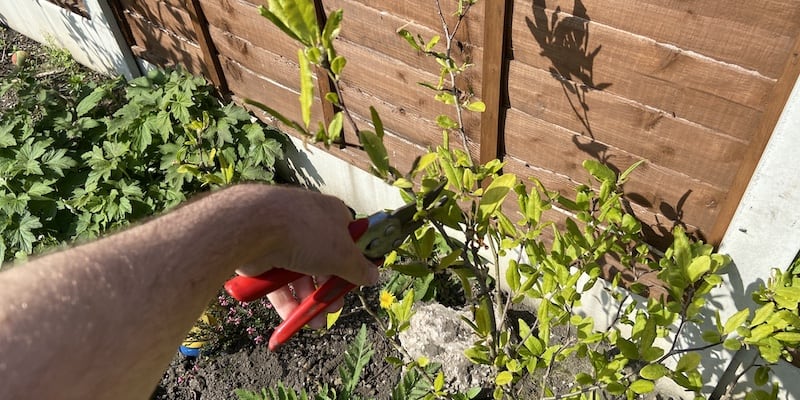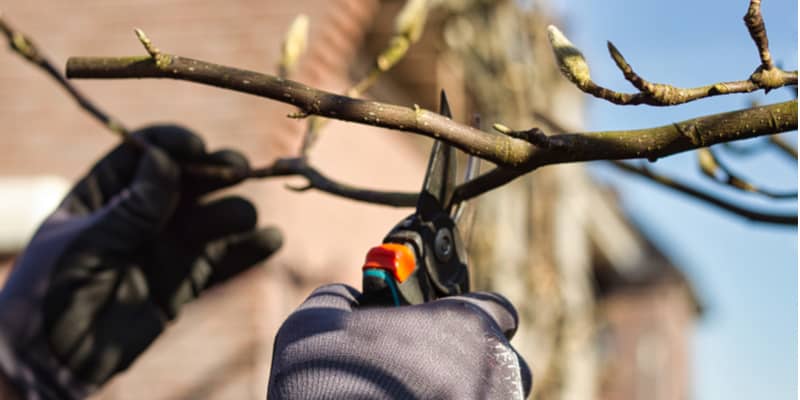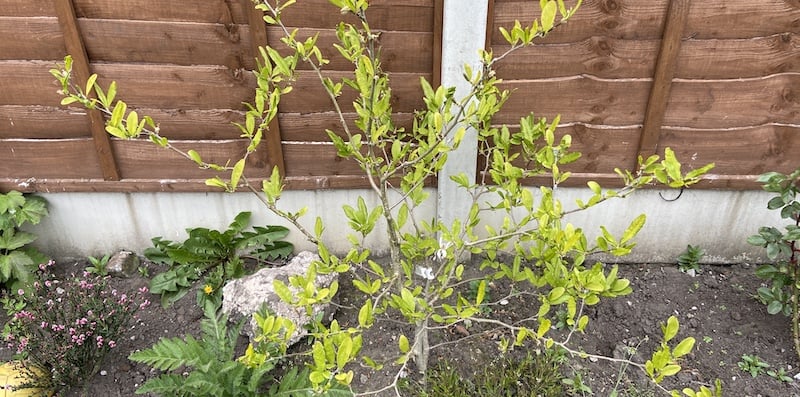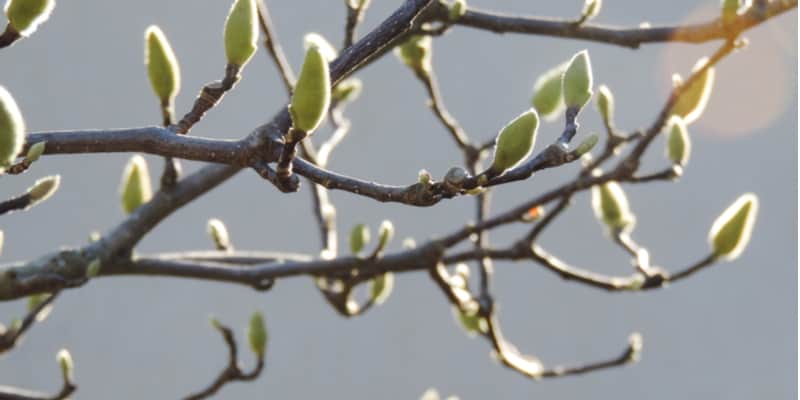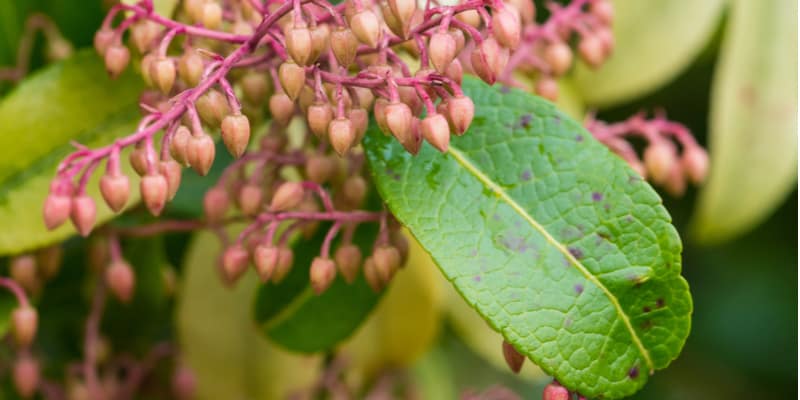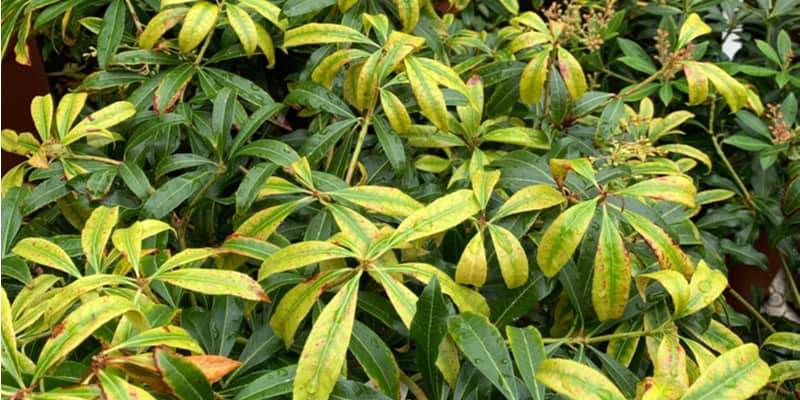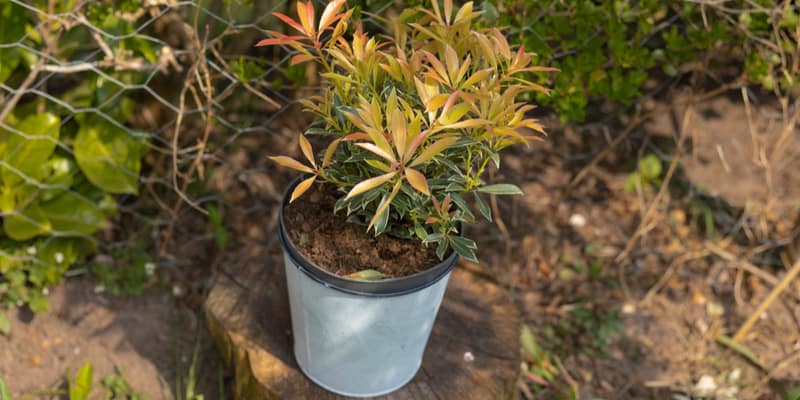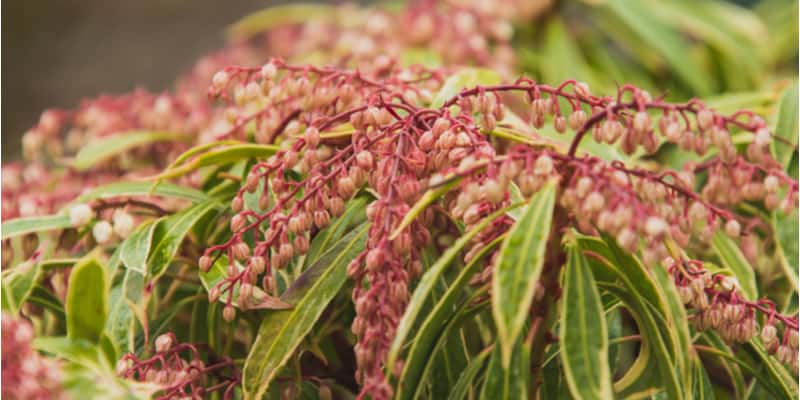When and how to prune Magnolia ‘Stellata’? (Star Magnolias)
Magnolia Stellata is a deciduous magnolia tree. As such, it only needs some light pruning. Over pruning of magnolias leads to health issues for them as well as issues with flowering. Magnolia stellata is one of the varieties that can be grown against a wall or fence and shaped, in this case, you can lightly trim them after flowering in spring. If you have one that is too large and needs pruning more significantly, then I recommend renovation pruning over…
